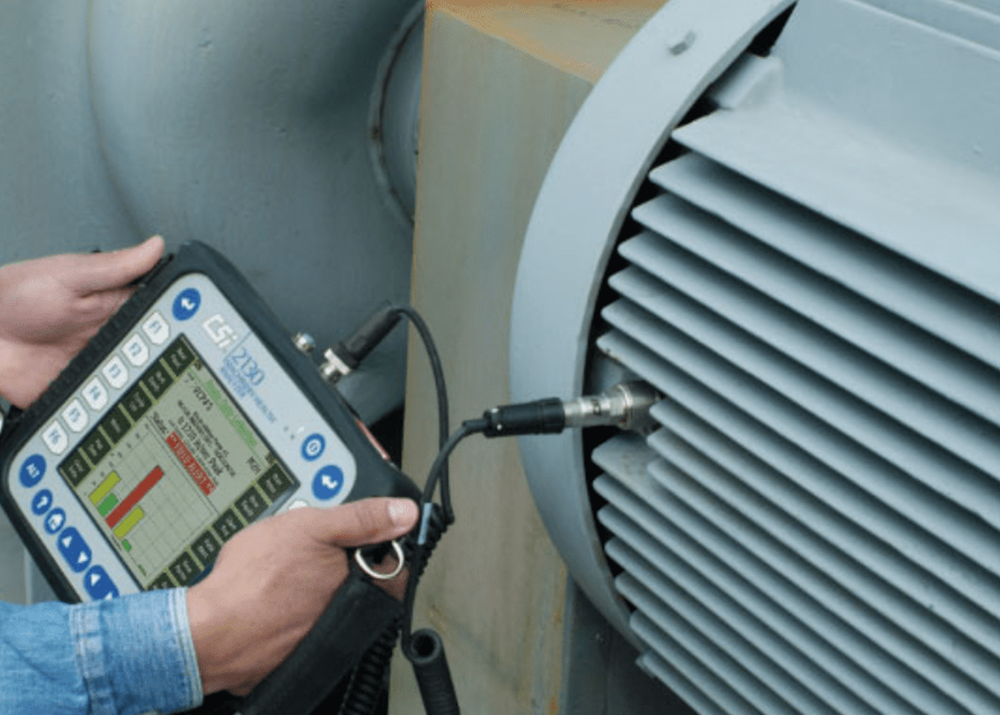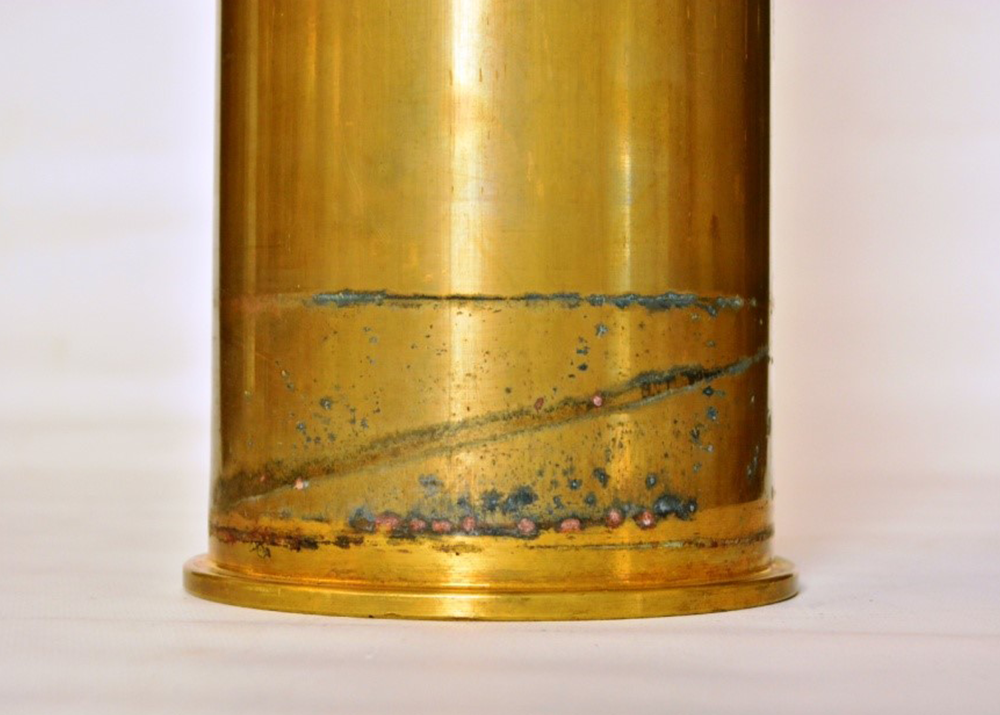Services
SEMME is committed to provide quality services to its clients related to materials, technology and training, which are compliant to international quality standards.
Material Analysis
Materials analysis provides an insight to evaluate materials’ properties and improve performance and resolve the chances of failure. Determining the materials’ properties is also essential for the confirmation of the materials for the desired application.
We use a wide range of materials analysis techniques to ensure the quality of a product. These techniques include chemical composition analysis, hardness testing, mechanical testing, XRD-Analysis, and NDTs.
Failure Analysis
Sudden failure causes a huge production loss. Due to this loss, the failure analysis of the materials is necessary to never happen in the future.
In failure analysis, the root cause of the problem is determined. Failure analysis helps to investigate the problem and set the benchmark for process optimization. While examining the data, an open and unbiased mind is required to be 100 percent sure.
Fitness for Service Analysis
Fitness for service analysis is a quantitative measurement that demonstrates the integrity of in-service components, which may contain some flaws. SEMME perform fitness for service analysis of piping and pressure systems. We also focus on risk-based inspection and the fitness for service analysis that helps the client decide the component life, change of service, and repairs.
Remaining Life Assessment (RLA)
If a component failed to perform the task at a given specified time, it is said to have failed. These failures may cause a huge production loss. Therefore, careful and unbiased opinions are required while performing an RLA. RLA is done based on factors that influence component life, including corrosion, creep, and microstructure degradation with time. We are following different approaches to assess the remaining life of the component. One of the best techniques that are following in SEMME is based on the fatigue cycle.
Reverse Engineering
Reverse Engineering (Back Engineering) is performed to extract design information of aircraft, machines, architectural components and other products by deconstructing them. Reverse engineering is done so that a component may redesign. Therefore, it is a challenge to disassemble a part piece-by-piece when you have limited knowledge about it. We will need a sample of a broken part, and then we will be able to produce its replacement that will perform the exact function of the original part.
NDTs
NDTs cover various techniques that evaluate the properties of the material, welds, part, or a system that do not affect the integrity of a material. We are offering various NDTs based on standards and customer satisfaction. We can test metallic and composite materials such as plates, sheets, pipes, and vessels. We are following the major NDTs: DPT, MT UT, RT, TG, and Visual Inspection.
On-Site Inspection (Replica Metallography)
SEMME provides on-site inspection by replica metallography that will help you determine the quality, strength, and remaining life of a material, and it will eventually avoid disasters. It will ensure the safety of the product. Replica metallography is a non-destructive technique in which the sample’s topography is recorded on the replica and then examined on SEM. We are examining the metallographic components by light microscope and SEM.
Risk-Based Inspection (RBI)
Risk-based inspection is a decision-making technique for inspection planning in which the probability and the consequences of failure are under consideration. On this technique, the recommendations for monitoring and testing is given by the inspector. RBI gives the integrity of the component and its effectiveness on the production system. We mainly focus on the RBI of oil refineries, fertilizers industries and petrochemical industries, where inspection plans are required according to RBI. If a device is at a higher risk of failure, it will be called a safety-critical device, and high decision-making skills are required for its inspection plan.
Condition Monitoring (Vibration Analysis)
Vibration Analysis is a technique to identify and prevent the equipment from defects. Vibration analysis is done on the rotating parts, i.e., pumps and compressors. An effective vibration analysis involves the identification of bearing that can helps to identify the problem before the failure, and it can help increase productivity. We are giving routine condition monitoring to our customers so that they can save their expensive unscheduled inspections.
Corrosion Prevention
To meet the demanding expectations of today’s quality operations, our customers need a long life of the components, and that starts with preventing corrosion before it begins. We are using modern technique to provide solutions to the company to prevent from prevention.










